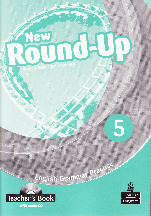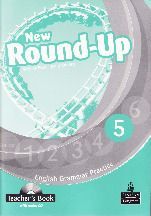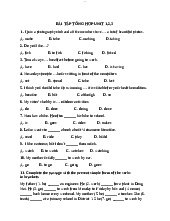




Preview text:
LESSON PLAN Parts of a plant Topic: Leaf Class: 3 Time: 35’ I. Aims 1. Knowledge
- Describe the variety of colors, shapes and sizes of leaves
- State the general characteristics of the outer structure of leaves 2. Skills
- Classify the collected leaves.
- Point and state the structure of leaves including: petiole and leaf blade, on the leaf blade there are veins 3. Attitude
- Pay attention to the lesson
- Actively participate in exploring, discovering
- Building lessons, being confident - Interested in the lesson. II. Teaching aids
1. Teacher: Lesson plans, textbook, some pictures of leaves
2. Student: textbook, notebook, some colleceted leaves
III. Methods and techniques
1. Methods: Group disscussion, Observation, Games
2. Techniques: Brainstorm, Mindmap IV. Vocubalary Words Pronounce Means leaf /li f/ ː
a flat green part of a plant, growing from a stem or branch or from the root vein /veɪn/
any of the very thin tubes that form the frame of a leaf petiole / petiə ˈ l/ ʊ
the thin part at the base of a leaf that supports it and
joins it to the stem of a plant blade /bleɪd/ a single flat leaf of grass worm /wɜːm/
a long, thin creature with a soft body and no bones or legs V. Procedures Time Content Teacher’s activities Students’ activities 2-3’ Activity 1 - Asks: - Answer: - Aim: Create + What is the function of + The roots have the function excitement for plant roots? of absorbing water and students dissolved mineral salts in the - Methods:
soil to feed the plant, helping Question and the plant stick to the soil to answer keep the tree from falling. + Make food, medicine, + List the benefits of some plant roots. … - Comment. - Invite 1-2 students to - Listen. comment. - Listen. - Conclusion. - Introduce a new lesson: In the previous lessons, we learned together about tree roots and trunks. Today we are going to learn about another part of the plant - Write the title in your which is the leaves. notebook.
- Write the title on the board. 10 - Activity 2 - Require students to observe - Students observe and 13’ - Aims: pictures 1, 2, 3, 4 of the discuss in pairs to learn the + Describe the textbook on pages 86 and 87 types of leaves brought to variety of colors, in combination with class. shapes and sizes of observing the leaves brought leaves. to class: + State the general + Talk about the color, shape, characteristics of the and size of the observed outer structure of leaves. leaves. + Indicate where is the - Methods: Group
petiole, leaf blade, leaf veins disscussion, of some collected leaves. - Observation Invite representatives of - Representatives of groups groups to present. to present. - Invite 1-2 students to - Comment. comment. - Conclusion: - Listen. + Leaves are usually green, a few leaves are red or yellow. + Leaves come in many different shapes and sizes. Each leaf usually has petiole - Students to repeat. and leaf blade. There are veins on the leaf blade. - Require students to repeat. 10 - Activity 3 - The teacher gives each - Students discuss in groups. 11’ - Aim: Classify the group a sheet of A0 paper collected leaves. and sticky tape. - Methods: Practice, - Require the group leader to groups discussion instruct you to arrange the leaves and stick them on A0 paper in groups of similar size and shape. - Require groups to present - The groups present their their collection of leaves to results. the class. - The teacher commented on - Listen. which group collected the most, presented it beautifully and quickly. - Conclusion and contact: Leaves of various shapes, - Listen. colors and sizes create a beautiful natural scene. Every day, I need to take care of them, such as cleaning dust on leaves (for houseplants), pruning dead leaves, catching worms for them. 4-6’ Activity 4 - Rules of the game: Use 2 - Listen. - Aim: To reinforce blue and red flower cards. - knowledge for Organize games: The - Listen. students teacher reads the ideas of - Methods: Games, sentences 1 and 2 in turn - Follow. question and answer (workbook page 62), - State the general students hold red cards for characteristics of the outer correct ideas, green cards structure of leaves. for incorrect ideas. - Read. - Comment.
- Invite 2-3 students to repeat
the outer structure of leaves. - Students perform - Require 1 student to read the "I need to know" section task. - Listen. of the textbook page 87. - Require students draw a mind map of the structure of leaves - Comment periods. 1-2’ Activity 5 - Share with your loved ones - Memorize and perform tasks - Aim: Remind what you learned today. - students of the next Prepare for the next lesson: lesson task The magical ability of leaves - Methods: Conversation




